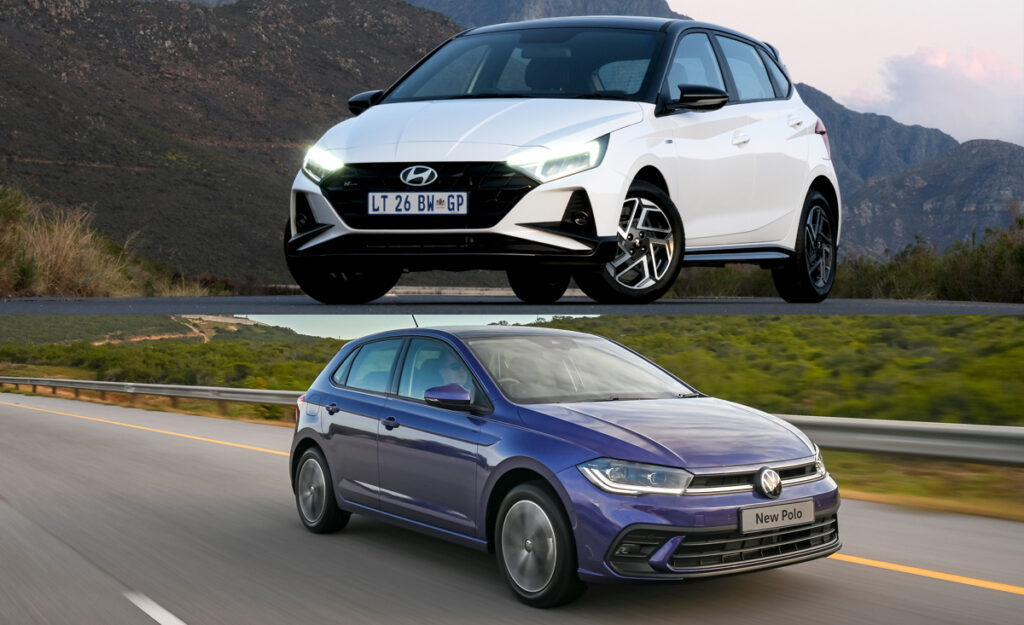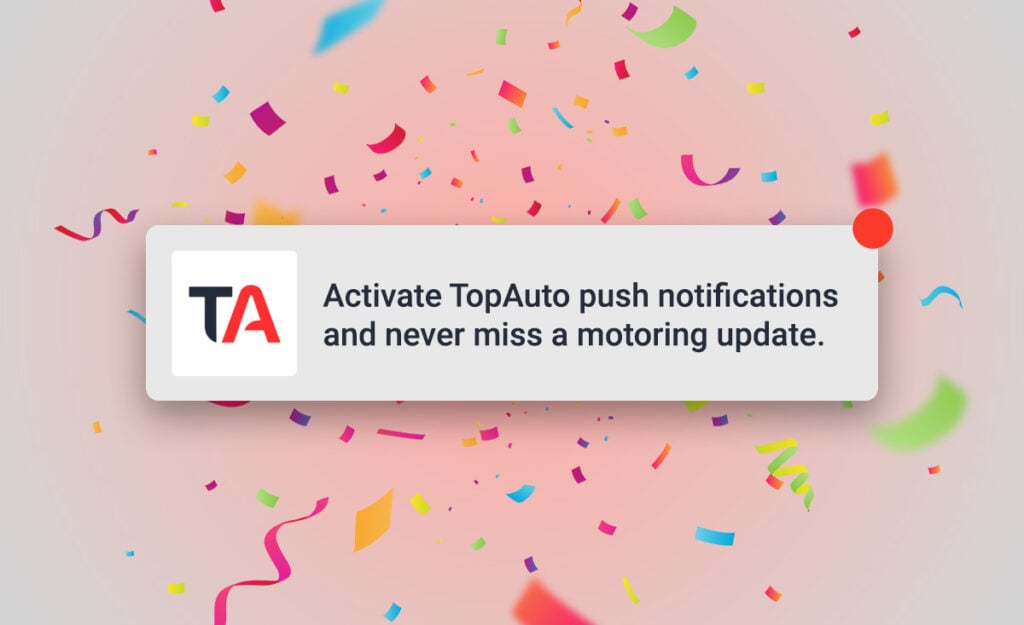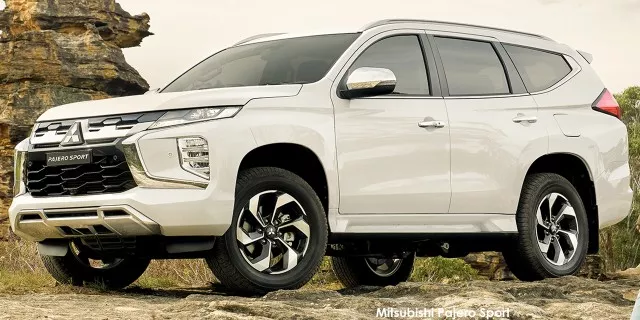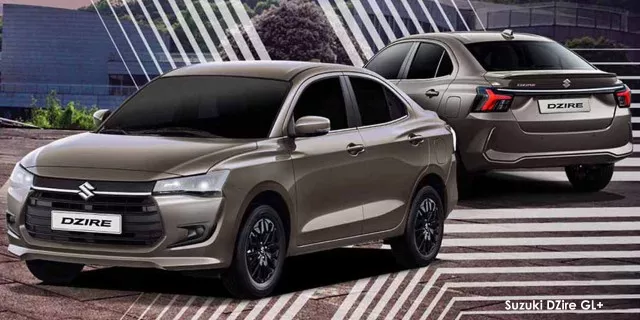New Hyundai i20 vs VW Polo – Which hatchback is better value for money

Hyundai has updated the i20 for South Africa, revising the line-up and adding new features while also managing to lower its starting price by a substantial amount.
The i20 now starts at R309,900, making it one of the most accessible B-segment hatchbacks on the market.
In comparison, the popular VW Polo has seen its sticker climb considerably over the last few years, as it now goes for a minimum of R357,500.
Now that the Hyundai has been refreshed for local customers, it’s worth checking out exactly what each of these two hatchbacks is bringing to the table.
Engines
The i20 has three different engines at its disposal, while the Polo only has two, excluding the hot hatch GTI which is not under evaluation in this comparison.
The Hyundai’s starting power unit is a 1.2-litre, naturally aspirated petrol mill which generates 61kW and 115Nm.
The base Polo, meanwhile, uses a 1.0-litre, turbocharged (TSI) petrol block with 75kW and 175Nm.
Both of these options are paired to a five-speed manual gearbox and achieve a rather frugal fuel consumption with the Korean averaging 5.9l/100km while the German drinks 5.3l/100km.
The Hyundai also has a mid-range 1.4-litre, naturally aspirated powertrain with 73kW and 133Nm, which is mated to a six-speed automatic transmission and averages 6.9l/100km.
Looking at their most potent options, the Volkswagen features an uprated version of the TSI plant that produces 85kW and 200Nm.
This connects to a seven-speed, direct-shift automatic gearbox, allowing the hatch to consume 5.4l/100km.
The flagship i20 N Line, on the other hand, benefits from an exclusive 1.0-litre turbo with 90kW and 172Nm, and a seven-speed, dual-clutch auto shifter, which helps it to achieve an average of 6.9l/100km.
Features
Both the i20 and Polo come standard with automatic headlights, manual aircon, an infotainment system with Apple CarPlay and Android Auto, four speakers, rear parking sensors, and a multifunction steering wheel.
The VW further offers 14-inch steel rims, cloth seats, cruise control, hill assist, a 6-inch touchscreen, and a digital driver display; while the Hyundai brings 15-inch steel rims, keyless entry, an 8-inch touchscreen, partial leather upholstery, and a reverse camera.
Shifting focus to the top-end units, both the Polo R-Line and the i20 N Line have 16-inch alloy rims, automatic climate control, LED headlights, a leather steering wheel with paddle shifters, hill assist, rear parking sensors, a rearview camera, a wireless charger, cruise control, an 8-inch infotainment system, and ambient lighting.
The Volkswagen also boasts stainless steel pedals, front parking sensors, R-branded cloth seats, and a six-speaker Beats stereo; whereas the Hyundai gets a sunroof, push-button start, an eight-speaker Bose sound system, aluminium pedals, N-branded chairs, red accents around the cabin, and a modified twin exhaust.
Pricing
The South African pricing for the facelifted Hyundai i20 is as follows:
- Hyundai i20 1.2 Premium – R309,900
- Hyundai i20 1.2 Executive – R329,900
- Hyundai i20 1.4 Premium – R329,900
- Hyundai i20 1.4 Executive – R349,900
- Hyundai i20 1.0T N Line – R467,500
Each purchase comes with a 5-year/150,000 manufacturer warranty with an additional 2-year/50,000km powertrain warranty, a 4-year/60,000km service plan, and 7-year/150,000km roadside assistance.
The local pricing for the VW Polo is as follows:
- VW Polo 1.0TSI 70kW – R357,500
- VW Polo 1.0TSI 70kW Life – R401,400
- VW Polo 1.0TSI 85kW Life – R425,000
- VW Polo 1.0TSI 85kW R-Line – R475,800
This includes a 3-year/120,000km warranty and a 3-year/45,000km service plan.
















